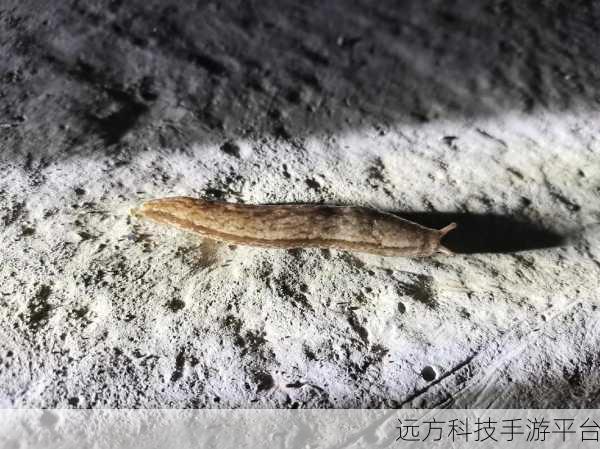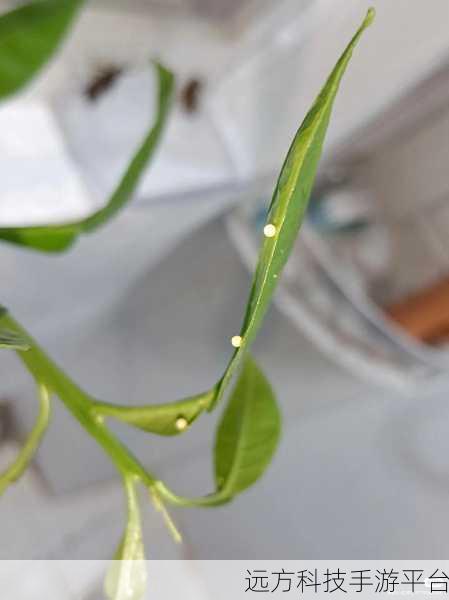成为虫子的产卵工具:1. 从虫子的视角看产卵工具的奇妙设计
引言:认识虫子及其繁殖方式
昆虫作为地球上数量最多、种类最丰富的生物群体,其繁殖策略各具特色。每一种昆虫都有自己独特的交配和产卵方式,这使得它们能够在各种生态环境中存活并繁衍后代。在这些过程当中,某些植物甚至其他动物会被利用,成为帮助昆虫完成生命周期的重要“工具”。了解这一点,可以让人对自然界产生更深刻的理解。
多样化的产卵策略
不同类型的昆虫通过采用多样化的方法来选择合适的位置进行产卵。有许多因素影响着这种选择,包括食物资源、天敌威胁以及气候条件。例如,一些蚂蚁喜欢将自己的幼蛹放置在特定植物根部,以便给未来的小蚂蚁提供营养。而有些蝴蝶则倾向于把蛋放在能为其幼儿提供足够食物的新鲜叶片上。这一切都显示了它们与周围环境之间复杂而密切的联系。

寄生行为中的巧妙设计
Certain insects exhibit parasitic behaviors that turn other organisms into tools for laying eggs. One of the most fascinating examples is found in certain species of wasps, which lay their eggs inside or on top of living hosts such as caterpillars. The larvae hatch and consume the host from within, demonstrating a chillingly efficient reproductive strategy. This relationship illustrates not only survival but also an intricate balance between predator and prey.
花朵与授粉者间微妙关系
The symbiotic relationship between flowering plants and pollinators like bees offers another example where one organism serves as a tool for reproduction. Many butterflies, moths, and beetles are drawn to specific flowers to feed on nectar while simultaneously aiding in pollen transfer during their search for suitable egg-laying spots. Through this mutualistic interaction, both parties benefit: plants achieve successful fertilization while providing nourishment to insects.

树木作为栖息场所与保护屏障
A variety of wood-boring insects utilize trees not just as food sources but also as protective shelters for their offspring. Certain beetles drill holes into tree trunks to create tunnels where they can safely deposit their eggs away from predators’ sight. As the young develop within these safe havens, they have access to ample nutrition provided by decaying wood materials surrounding them.
蜕变过程中的依赖性演变
The metamorphosis process plays a pivotal role across various insect life stages; it profoundly influences how some species choose oviposition sites based on developmental needs at different larval ages or conditions experienced early in life cycles.Taking caterpillars—and later butterflies—as an example: depending upon what stage they're currently at will determine how far they'll venture out when searching specifically tailored habitats conducive towards future growth phases meant solely intended exclusively fostering fertile environments necessary enabling optimal adult emergence post-pupa transformation!